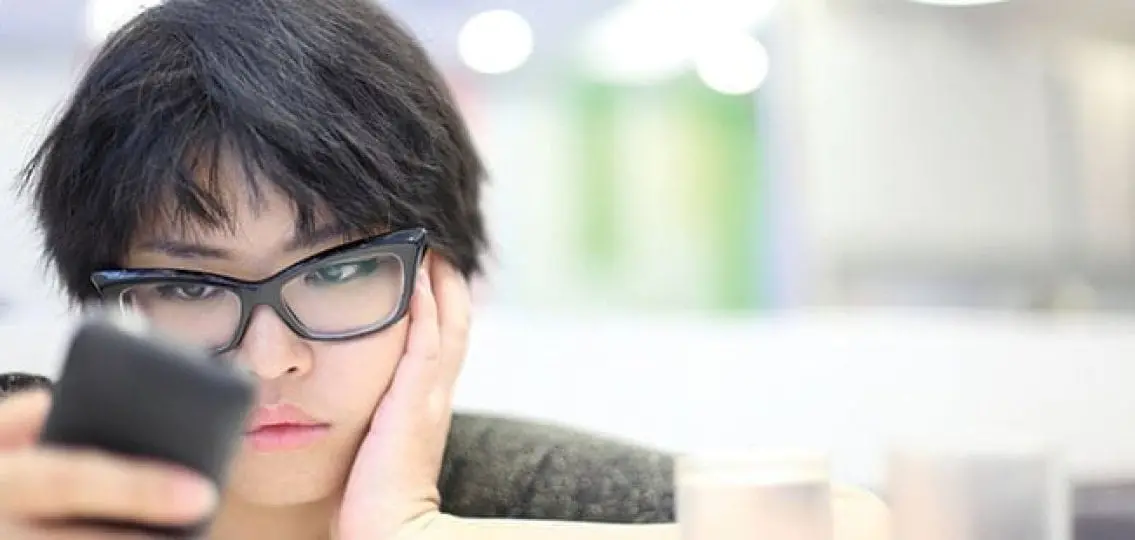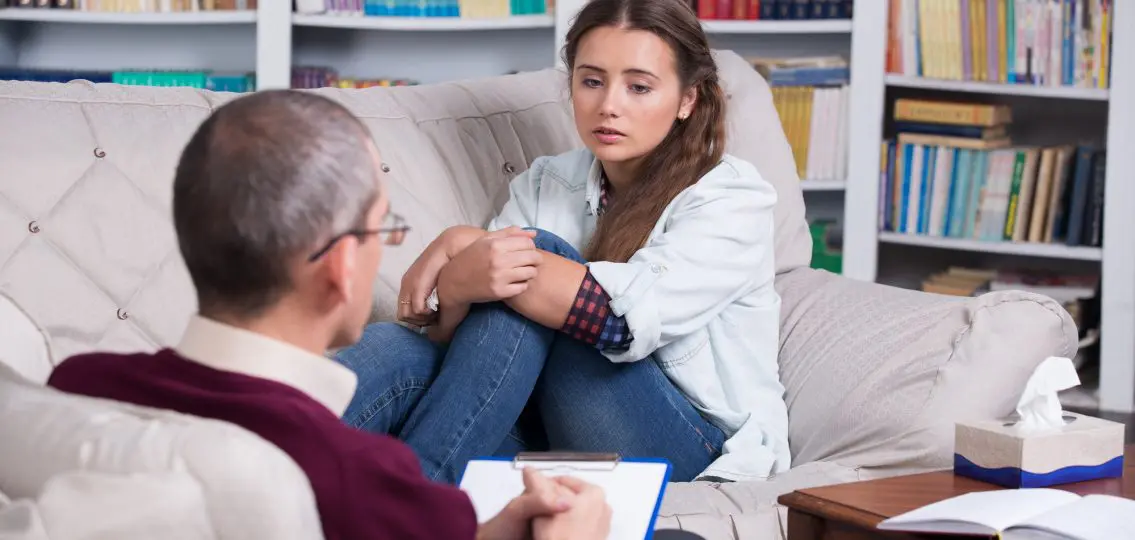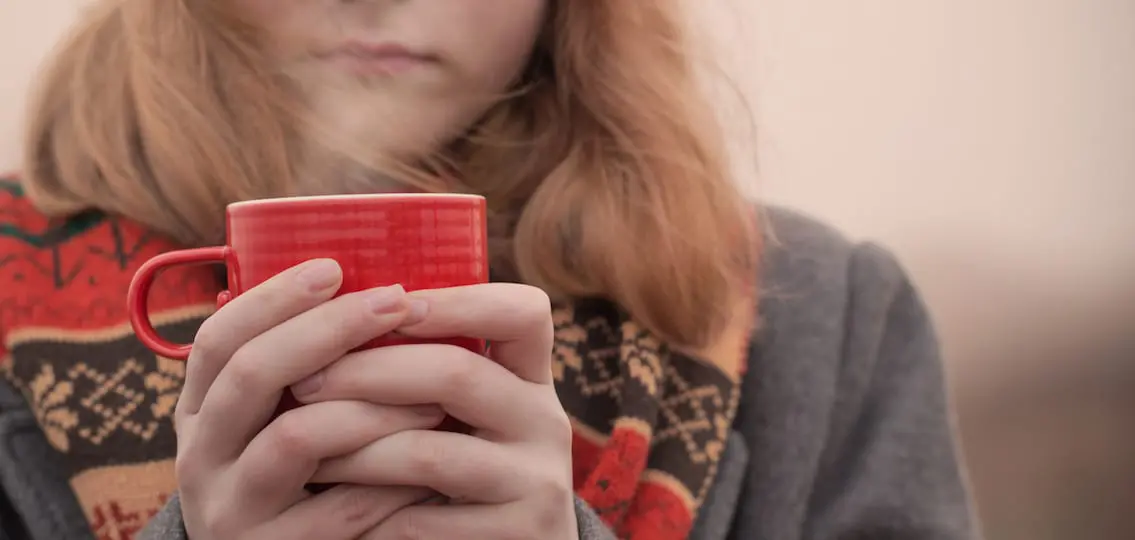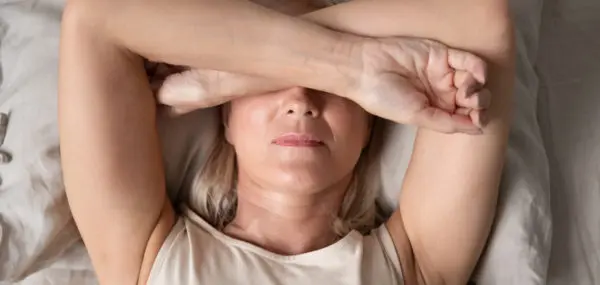Seasonal affective disorder (SAD) doesn’t just plague adults; this form of depression can also affect teens.

SAD—or the winter blues, as it is commonly known—is a depressive disorder that typically begins around late October— when the days get shorter and darker. And lifts sometime between March and May with the return of longer days and more sunlight.
According to the American Academy of Pediatrics, between 10 and 20 percent of Americans feel the effects of seasonal affective disorder every year. And children with a family history of depression may be especially susceptible.
“We know there is a biological component with seasonal affective disorder, and a potential genetic vulnerability. We usually begin to see patients with depressive disorders like this around age 13 to 14,” says John T. Walkup, M.D., director of adolescent psychiatry at New York-Presbyterian Hospital. SAD is more common in colder northern states with shorter days. But “even in warmer states like Florida—the days are shorter with fewer hours of sunlight.”
SAD Symptoms
Symptoms of Seasonal Affective Disorder in teens may include a loss of energy and vitality, inability to concentrate, and difficulty sleeping. The hallmark symptom is anhedonia, which is the pervasive inability to experience pleasure.
“Teens may normally appear lethargic or grumpy, and parents will correctly chalk it up to being a teenager,” says Walkup. “But a teenager with anhedonia doesn’t brighten in mood to questions like, ‘Tell me about a time when you enjoyed yourself?’ or, ‘What would you do today to really have fun?’ That incapacity to enjoy happy memories or anticipate pleasure is the hallmark symptom of depression.”
Parents of teens who experience SAD may feel reassured because it goes away every spring when sunlight returns, “But if this cycle continues for three to four years without treatment, with every episode, the patient falls three to six months behind in academic and social development. These decrements in function really add up by the end of high school,” says Walkup. Even if an adolescent is functioning at 85-90 percent with a depressive disorder, “the great stuff in life happens in that last 10-15 percent, where you experience curiosity, excitement, intimacy, motivation. You don’t want a teen to miss the best things in life because he wasn’t functioning optimally.”
Treatments for SAD
Getting outside and exercising can be helpful. Some teens may need more daylight than that, in which case light therapy is an effective option. Light boxes, which emit very high lumens of full spectrum light, provide much brighter light than regular indoor lighting. Patients must use them every morning for 30-45 minutes and sit very close to the light box. “Patients can feel a lift in mood after just a few days of light therapy,” advises Walkup. “Sitting near a window doesn’t provide the same intensity of light.”
Antidepressants can be another effective option to treat winter blues. “Some patients can feel an improvement in mood as early as two weeks after starting medication,” says Walkup. “I encourage patients who may be reluctant to take daily medication to try 8-12 weeks of medication to see what life can be like before rejecting the use of medication as an option.”

If your adolescent exhibits symptoms of seasonal depression this winter, don’t wait to get help. “Get a good evaluation and take care of it before it catches up with your teenager,” says Walkup.




